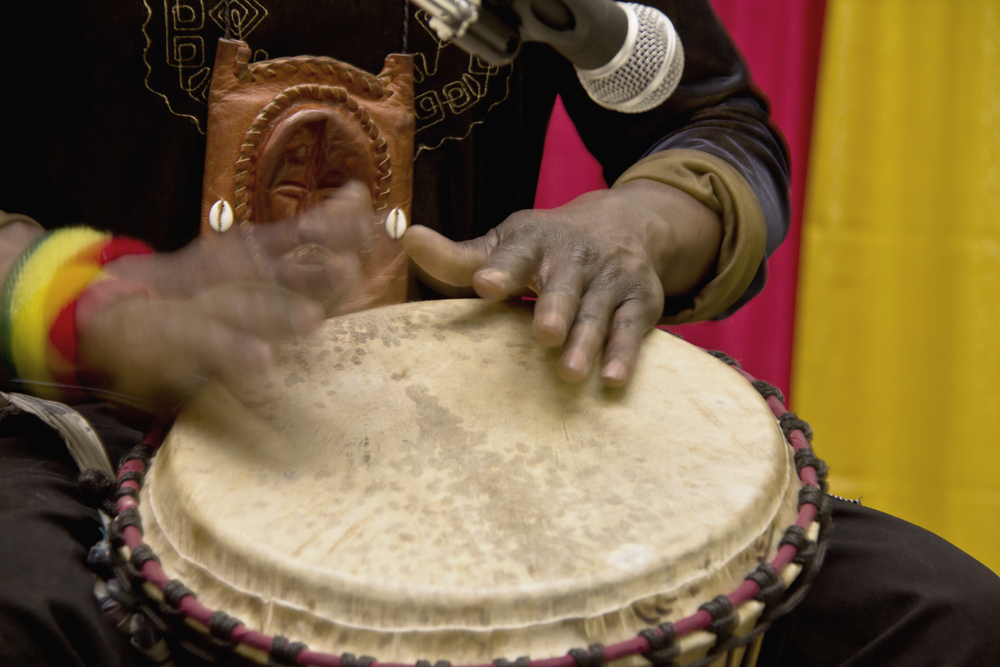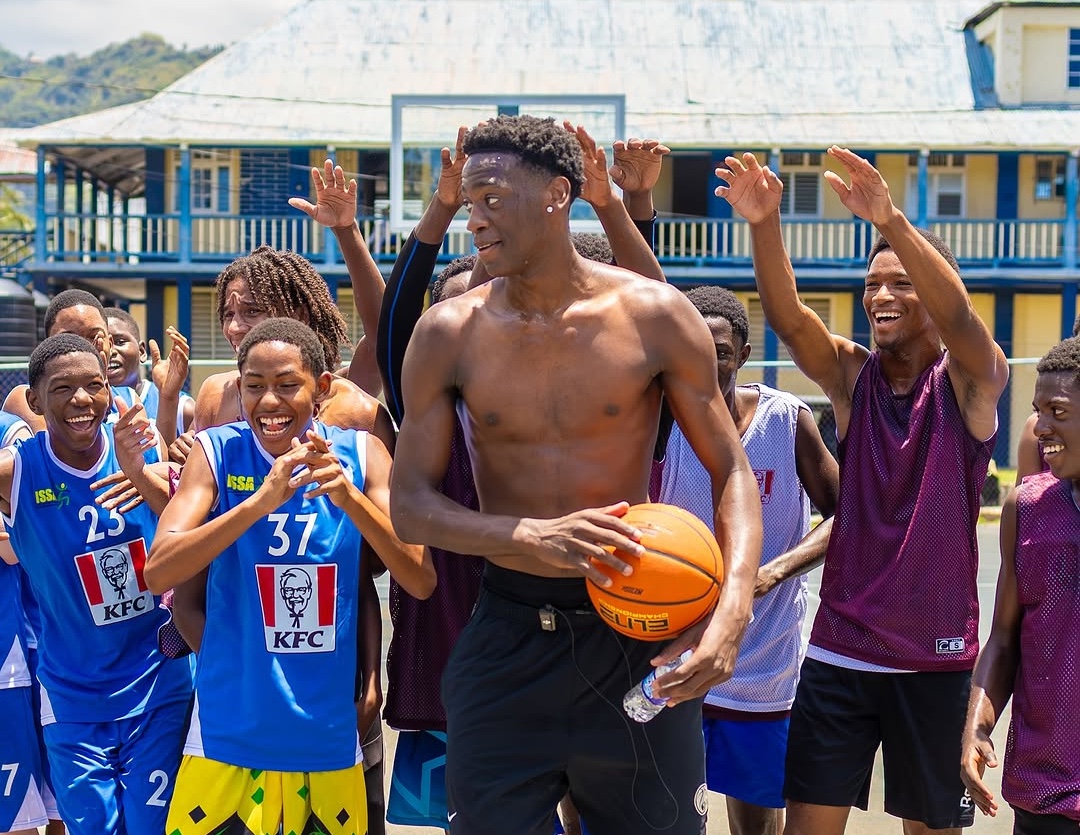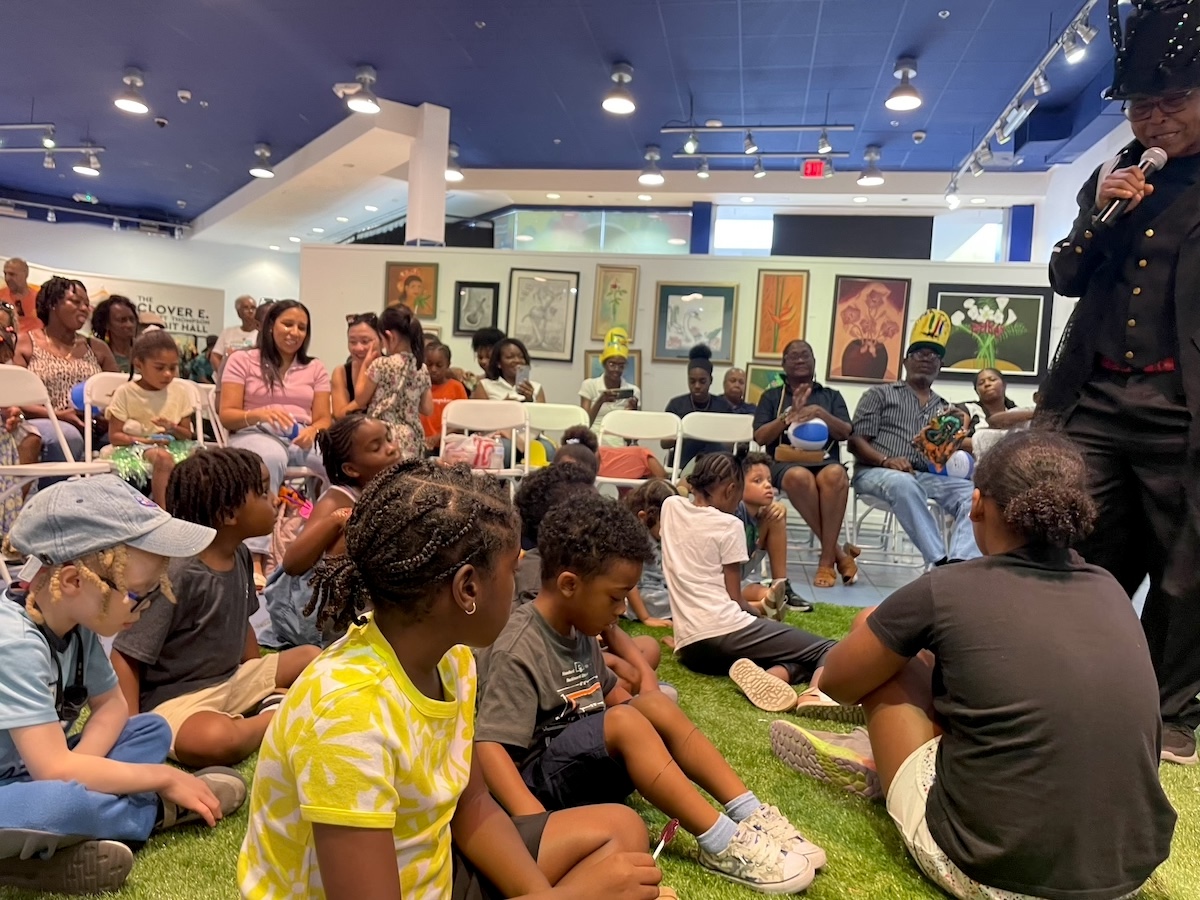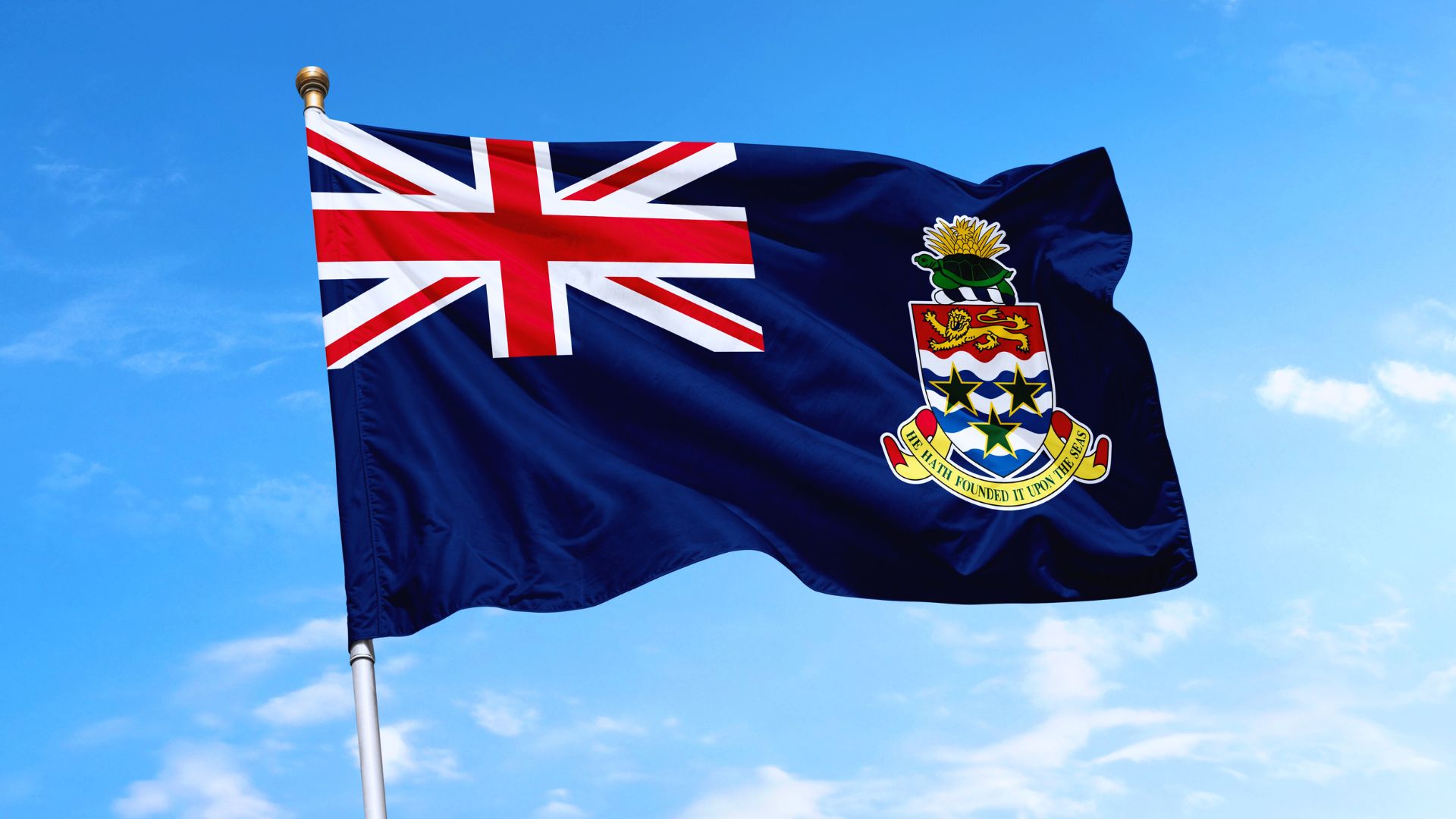The Jamaican Maroons, which have been called the “forerunners of Jamaican independence,” are the subject of a feature story by National Geographic Harcourt Fuller, an associate professor of history at Georgia State University and a Maroon who comes from Mooretown, credits the Maroon people with instilling an “independence of spirit” in Jamaicans. “The Maroons say they would rather die than live in bondage,” Fuller says, emphasizing that this feeling of never being subdued and always seeking justice is part of the Maroon legacy in Jamaica.
Jamaica is a small country with just three million people, but it has a huge influence in the world through its exports of music, athleticism, cuisine, language, and intellectual achievements. The Maroons have been credited with characteristics like ingenuity, fortitude, and mysticism exemplified in famous Jamaicans like Bob Marley, Usain Bolt, and Marcus Garvey.
The Maroons are the descendants of escaped Africans who had been enslaved by the British colonials to work in the sugarcane fields. More than 700,000 people from Africa were brought to Jamaica between 1655 and 1807. These people escaped from the British plantations and frustrated the efforts of the British military to recapture them. They became a free and self-governing people 60 years before the Revolution in Haiti and more than 100 years before the Emancipation Proclamation in the United States.
Their ancestral lands are located in the island’s mountains in areas far away from the more populated places along Jamaica’s coast. The lands include parts of the Blue and John Crow Mountains in the eastern part of Jamaica, which is also home to the only national park on the island. The park attracts hikers, campers, and birdwatchers from around the world, and it was designated a UNESCO World Heritage Site in 2015.
The name “Maroon” has its origins in the Spanish word “Cimarron,” which refers to runaway cattle. While the Maroons existed throughout the Americas, the most famous were Akan people from West Africa. Periodically, the enslaved Africans fought their overseers and fled the plantations for the remote mountains and forests, ultimately splitting into two groups: the Leeward Maroons in the west, and the Windward Maroons in the east. They used guerrilla tactics, camouflaged themselves in trees and communicated via coded messages sent using animal horns, or abeng, to fight the British, who were finally forced to sign peace treaties with them after two Maroon Wars in the 1800s. Under the treaties, the Maroons became free and self-governing until slavery was abolished in the Commonwealth in 1834.
After British rule ended in Jamaica in 1962 and the country attained its independence, the government generally accepted these agreements, but has never ratified them. The national government does not collect taxes on Maroon lands, but it does provide roads, bridges, schools, and health care clinics for the four surviving Maroon villages of Charles Town, Moore Town, Accompong Town, and Scott’s Hall. Each community is headed by a colonel or chief who governs the residents, who can utilize the national judicial system as well.






